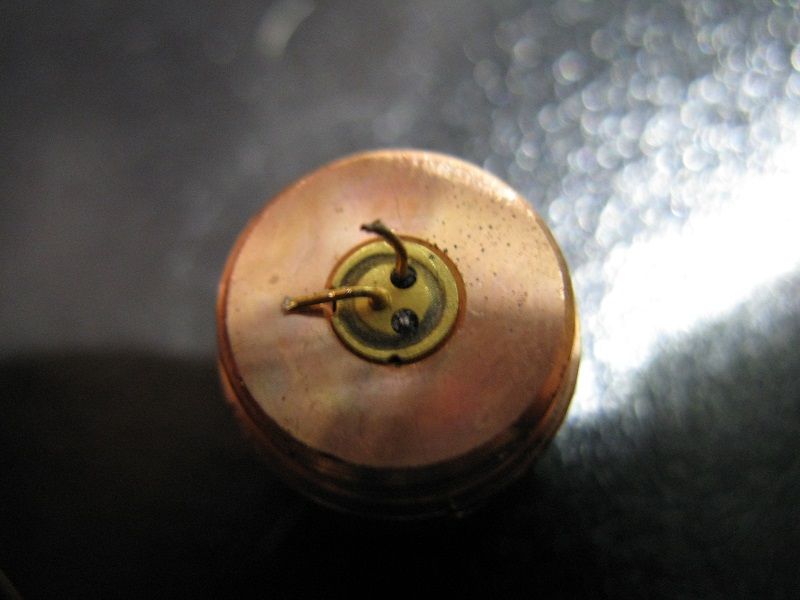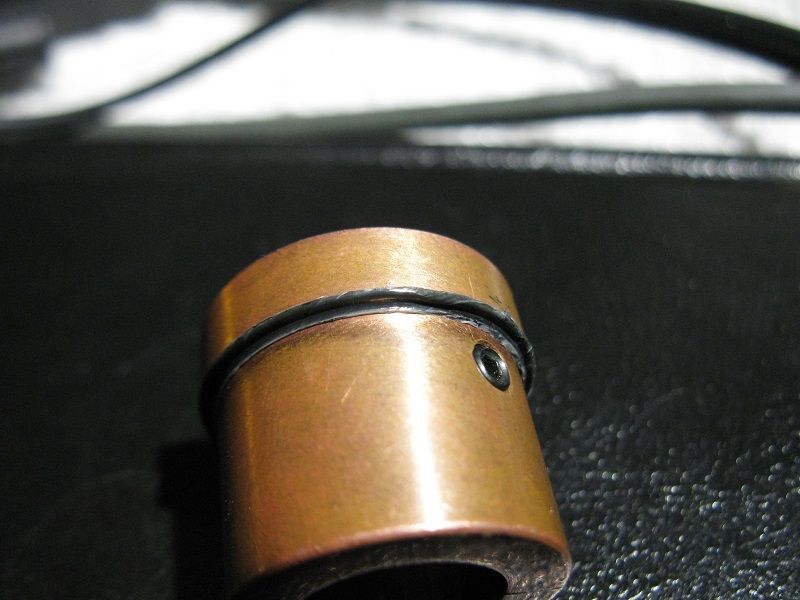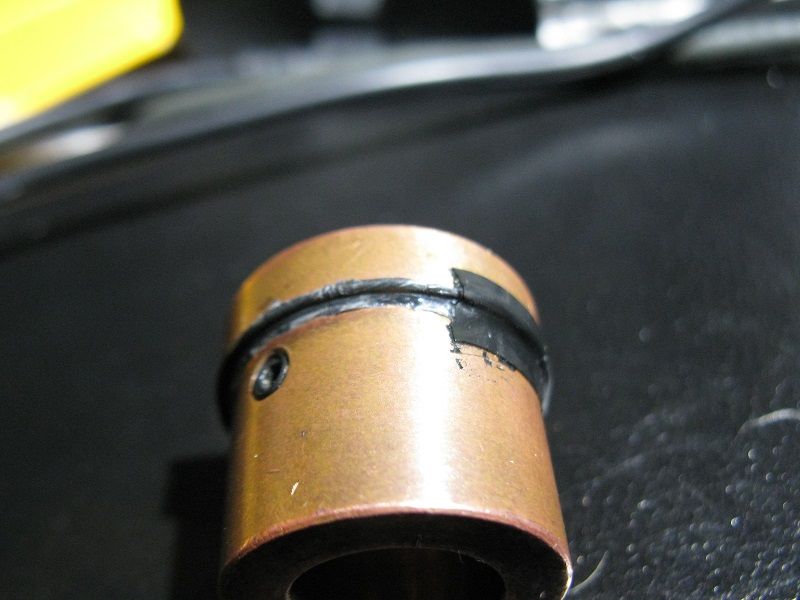- Joined
- Nov 2, 2012
- Messages
- 632
- Points
- 43
I replaced the teflon tape on the lens threads and was tightening down the lens and for some reason it caused the heatsink to spin inside the host. Didn't even notice it until the laser didn't turn on. Turns out it snapped the pins off the diode.
Nothing I can do about it, the pin is snapped off at the diode and there is no way in hell I can work on something this TINY. I have no idea how you guys do it, the driver and connections are so small I can barely even see them.
Well, now what? I guess I could order a new diode and driver and drop them in, but what a bummer, seriously. I think this might be the wrong hobby for me.
Sigh
eta: according to my multimeter, the driver is still good, still puts out voltage at the diode end. Should I try replacing the diode alone? I don't have the tools to work on this, my soldering iron tip is absolutely huge compared to even the largest feature on the driver board. It is so SMALL, I had no idea how small until now. I absolutely do not have the tools to work on this.
Nothing I can do about it, the pin is snapped off at the diode and there is no way in hell I can work on something this TINY. I have no idea how you guys do it, the driver and connections are so small I can barely even see them.
Well, now what? I guess I could order a new diode and driver and drop them in, but what a bummer, seriously. I think this might be the wrong hobby for me.
Sigh
eta: according to my multimeter, the driver is still good, still puts out voltage at the diode end. Should I try replacing the diode alone? I don't have the tools to work on this, my soldering iron tip is absolutely huge compared to even the largest feature on the driver board. It is so SMALL, I had no idea how small until now. I absolutely do not have the tools to work on this.
Last edited:






